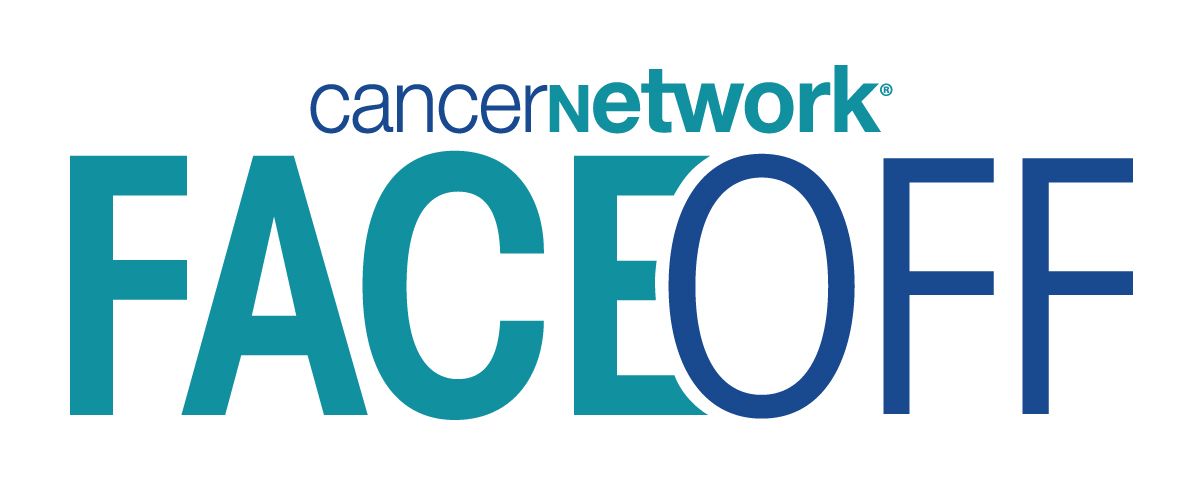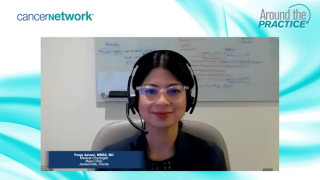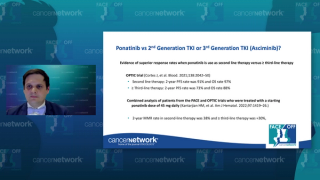
Leukemia
Latest News
Latest Videos
More News

Sikander Ailawadhi, MD, offers expert insight into managing the risk of atrial fibrillation in CLL patients receiving BTKis.

Most patients with acute myeloid leukemia appear to remain on treatment with ziftomenib plus standard-of-care therapy in the phase 1 KOMET-007 trial.

Amber Koehler, PA-C, provides expert perspective on addressing hypertension risk in CLL patients undergoing treatment with BTK inhibitors.

A panel of oncology experts offer insights into key consideration factors for BTKi selection for CLL in the relapsed and refractory setting, exploring the impact of emerging MAIC data on treatment decision making.

A panel of oncology experts review recently presented data updates from ALPINE and ELEVATE-RR, discussing the potential impact of these findings on the clinical practice setting.

A panel of oncology experts share their general approach in navigating treatment selection for patients with R/R CLL, highlighting key factors to consider in making treatment decisions.
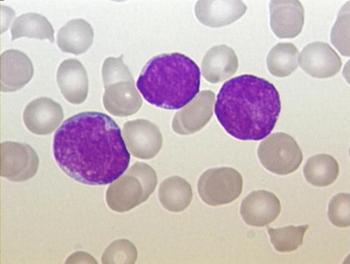
The FDA sets a Prescription Drug User Fee Action Date of November 16, 2024 for obe-cel as a treatment for those with relapsed/refractory B-cell acute lymphoblastic leukemia.

PTX-252 incorporates a novel molecular entity designed to enhance how cancer cells respond to chemotherapy.

Expert faculty highlight key updates from trials evaluating combination therapy approaches using venetoclax plus a BTKi in the frontline setting.

Findings from a phase 1a/1b trial highlight that treatment with NX-5948 appears to be tolerable among patients with relapsed/refractory B-cell malignancies.

A panel of experts discuss the role of fixed duration therapy with venetoclax and obinutuzumab, outlining their general approach for patient selection.

Investigators report favorable overall survival among patients with chronic lymphocytic leukemia who receive ibrutinib/venetoclax over FCR.
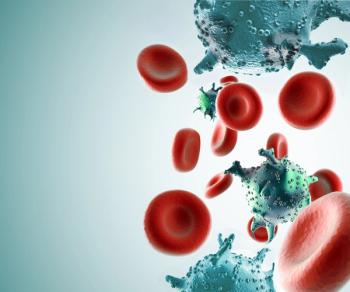
Ghayas C. Issa, MD, gave an all-encompassing review of current treatment options for acute myeloid leukemia and what to expect in the future.

Adding pegylated L-asparaginase to consolidation chemotherapy demonstrates a modest decrease in minimal residual disease negativity among those with high-risk acute lymphoblastic leukemia.

Expert faculty discuss consideration factors in guiding frontline treatment selection with BTKis in CLL.

A panel of oncology experts explore recent updates from SEQUOIA and ELEVATE-RR, discussing the potential impact of these findings on the clinical practice setting.

A panel of oncology experts discuss the role of 1L combination therapy using obinutuzumab plus a BTKi, highlighting key consideration factors for patient selection.

Patients with relapsed/refractory acute myeloid leukemia appear to benefit from treatment with SLS009.

Findings from a retrospective study highlight an increase in the use of targeted agents like ibrutinib from 1998 to 2020 for American military veterans with chronic lymphocytic leukemia.

Treatment with asciminib produces a favorable safety profile among patients with Philadelphia chromosome–positive chronic myeloid leukemia in chronic phase.

Combining olverembatinib with blinatumomab appears to produce high complete molecular remission rates in patients with newly diagnosed, Philadelphia chromosome–positive acute lymphoblastic leukemia, says Elias Jabbour, MD.

A phase 1 clinical trial has found the optimal dosing schedule with a tolerable safety profile of vibecotamab in patients with relapsed/refractory acute myeloid leukemia.

Patients with chronic lymphocytic leukemia in the ALPINE study previously treated with BTK inhibitors are likely to remain sensitive to other BTK-targeting agents, says Jennifer Brown, MD, PhD.
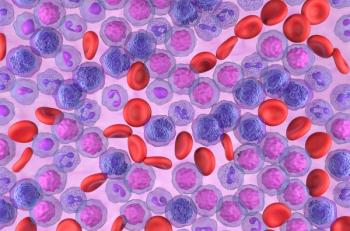
Pirtobrutinib produces a high rate of responses in patients with relapsed chronic lymphocytic leukemia harboring baseline BTK mutations, according to findings from the phase 1/2 BRUIN trial.

Data from the phase 3 SEQUIOA trial may support zanubrutinib as a best-in-class Bruton tyrosine kinase inhibitor in the frontline management of chronic lymphocytic leukemia.



